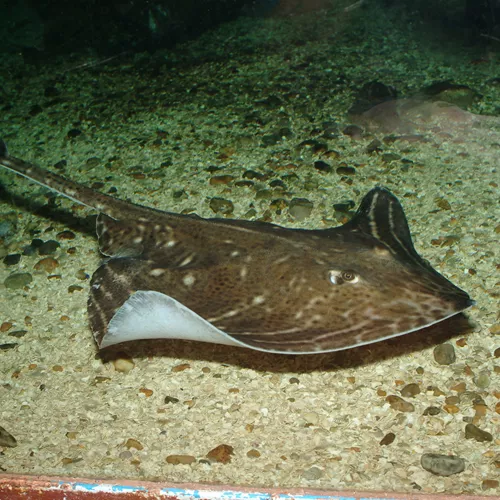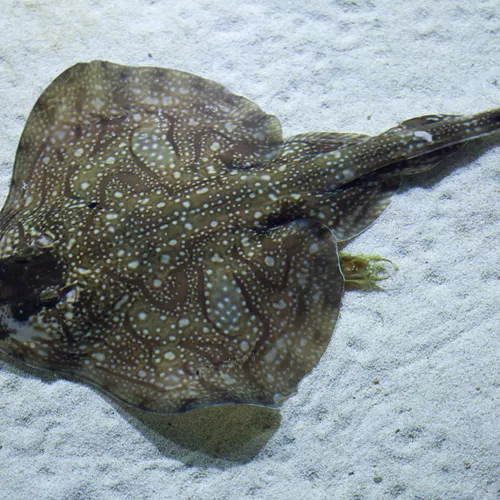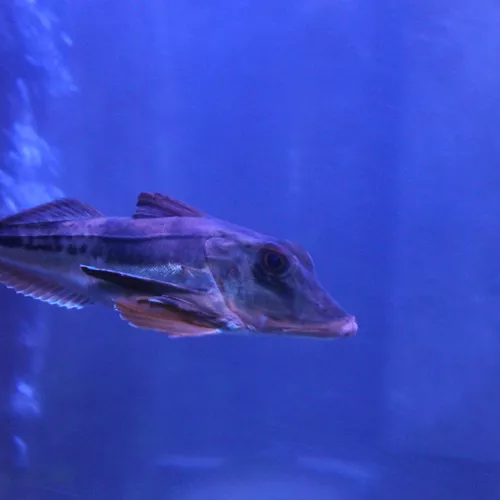Almost 500 species of rays are at home in our seas, but also in rivers. Their nearest relatives are sharks. Just like sharks, rays have no skeleton. Their whole skeleton is made of cartilage and therefore very flexible. (On human bodies, for example, the nose and ears are made of cartilage.) The cartilage skeleton makes it easier for rays to glide through the water. They look like a bird flapping its wings.
Did you know that rays are masters of disguise? They can adapt their colouring to the seabed and thus merge with it. With their very flat body, they hide from predators on the seabed. However, if they feel threatened, they can also strike with their tail. Some species therefore have additional poisonous stings on their tails.
Thornback ray
The thornback ray is the most common ray species in European seas.
Undulate ray
Sea robins
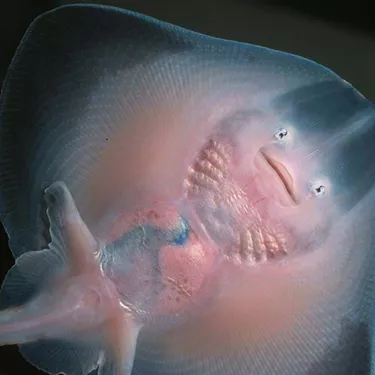
So many babies
Some ray species give birth to up to six baby rays per year.
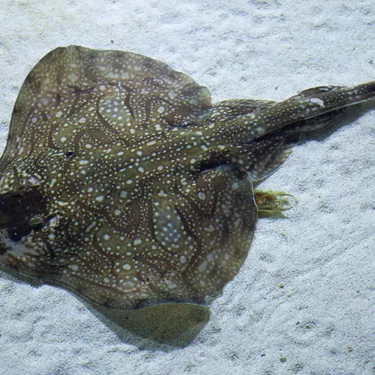
Narcotics in ancient times
In ancient Greece, dentists used the stings of rays as an anaesthetic.
